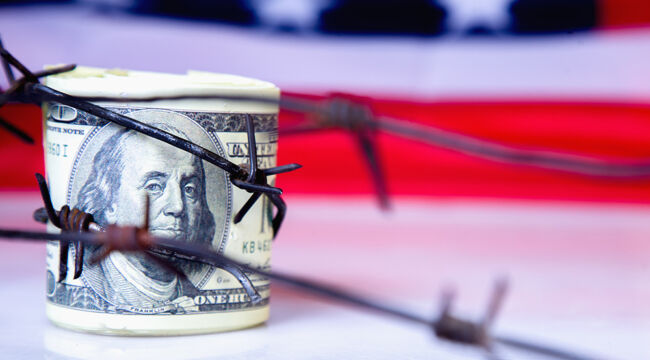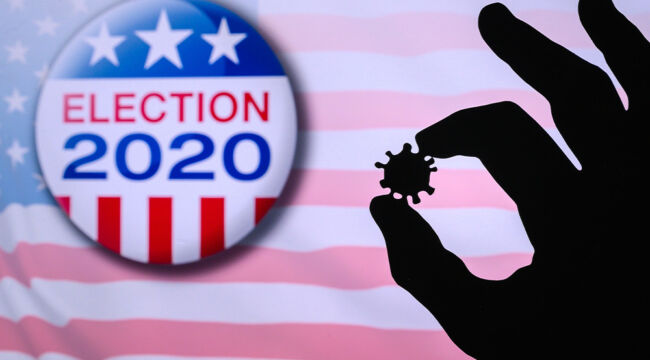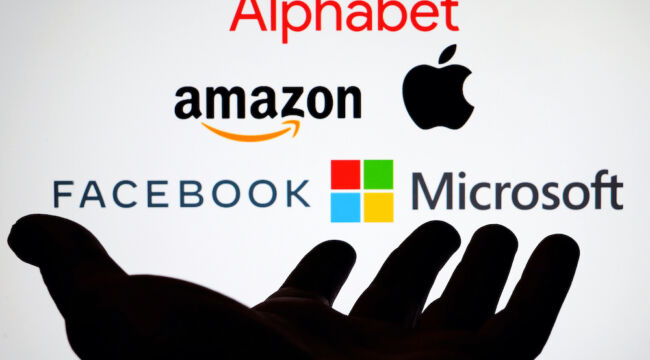I’ve been analyzing currency wars for years. In fact, I’ve written a book called Currency Wars, so I have some expertise in the subject.
A new front in the currency wars is emerging, but it has not yet erupted into blatant currency manipulation. That will probably come in early 2022.
First, we’ll likely pass through a major market disruption that will force the dollar significantly higher against other major currencies. When that disruption becomes acute and the strong dollar becomes painful for U.S. exports and export-related jobs, the U.S. Treasury will take steps to weaken the dollar.
Let’s unpack that forecast a bit.
The world has been in a currency war since 2010. That’s when then-President Obama set out to weaken the dollar in order to provide stimulus to the U.S. economy in the aftermath of the 2007-2008 global financial crisis.
The White House and the Treasury knew a weaker dollar would hurt growth in Europe and Japan, but it didn’t matter. The U.S. is the largest economy in the world. If the U.S. goes into recession, it takes the rest of the world with it.
The mission of weakening the dollar was critical to avoid another U.S. recession so soon after the 2007 – 2009 recession. Europe would have to suffer so that the U.S. and the world did not suffer more.
Truce in the Currency Wars
The policy worked. The U.S. dollar hit an all-time low on the Fed’s broad trade-weighted index in August 2011. Not surprisingly, this coincided with gold hitting a then all-time high. The euro surged, and the U.S. economy got the boost it needed.
…click on the above link to read the rest of the article…


















